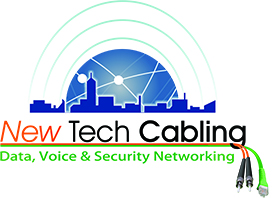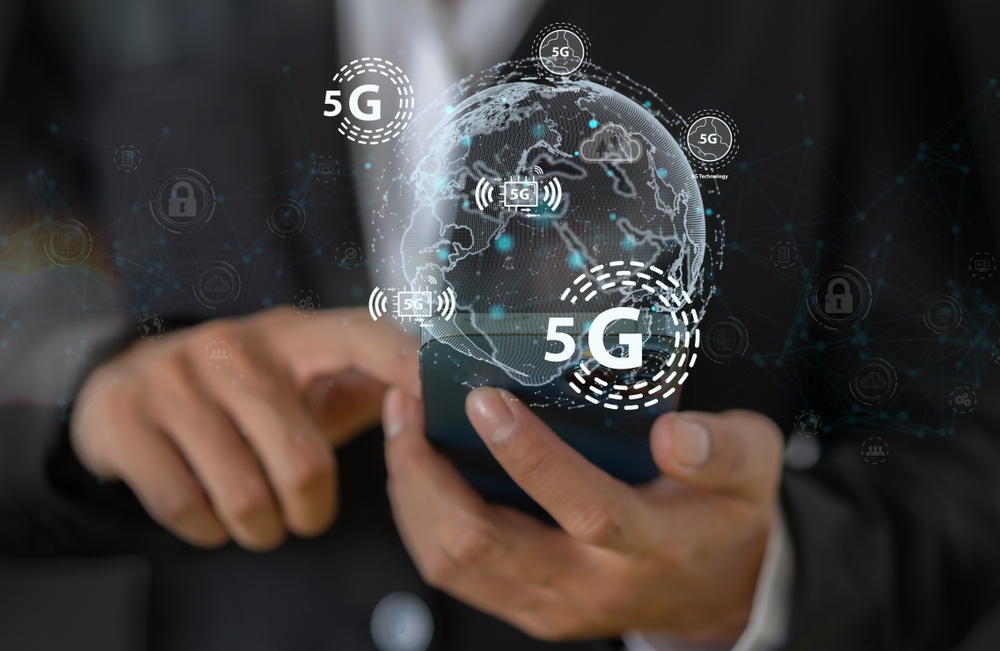The year 2024 marks a pivotal moment in the global transition to 5G technology. With its unprecedented speed, low latency, and ability to connect billions of devices seamlessly, 5G is poised to revolutionize industries and redefine how we experience network connectivity. In this article, we’ll explore the rise of 5G technology, its transformative potential, and the role that supporting infrastructure like cable management services and structured cabling installation play in realizing its full potential.
What Is 5G Technology and Why Is It a Game-Changer?
5G, or fifth-generation wireless technology, represents a significant leap from its predecessor, 4G LTE. While 4G ushered in the age of mobile broadband, enabling high-speed internet access and streaming, 5G offers a whole new level of connectivity. It is not just an upgrade; it is a reinvention of network architecture, designed to accommodate the growing demands of a hyper-connected world.
Key Features of 5G Technology
- Blazing Speeds: With download speeds of up to 10 Gbps, 5G networks are nearly 100 times faster than 4G.
- Low Latency: Response times are reduced to as little as 1 millisecond, enabling real-time communication.
- Massive Device Connectivity: 5G can support up to one million devices per square kilometer.
- Energy Efficiency: Advanced technologies allow for lower energy consumption, making it more sustainable.
These capabilities unlock a host of opportunities, from enabling the Internet of Things (IoT) to powering innovations like autonomous vehicles, smart cities, and augmented reality.
The Global Rollout of 5G in 2024
While 5G deployment began in earnest in the early 2020s, 2024 marks a tipping point. Countries worldwide are racing to expand their 5G infrastructure, with governments and telecom providers making significant investments. This year, we’re witnessing the transition from 5G pilot projects to widespread commercial use.
Key Markets Driving 5G Expansion
- United States: Telecom giants like Verizon, AT&T, and T-Mobile are extending 5G networks across urban and rural areas, aiming for nationwide coverage.
- Asia: South Korea, China, and Japan remain at the forefront, leveraging 5G for advancements in AI, robotics, and smart manufacturing.
- Europe: The EU has prioritized 5G as a critical component of its Digital Decade strategy, with plans to equip all populated areas with 5G by 2030.
The Role of Cable Management Services in 5G Deployment
As 5G networks expand, the importance of robust and efficient infrastructure cannot be overstated. At the heart of this infrastructure are cable management services, which ensure the seamless integration of fiber optic cables, power supplies, and other critical components.
Why Cable Management Is Essential for 5G
- Minimizing Signal Interference: Properly managed cables reduce electromagnetic interference, ensuring optimal network performance.
- Simplifying Maintenance: Well-organized cabling systems allow for quicker repairs and upgrades, minimizing downtime.
- Space Optimization: Efficient cable management conserves space in data centers and base stations, enabling scalable network growth.
In the 5G era, where reliability and speed are paramount, poorly managed cables can result in significant operational disruptions. Providers specializing in cable management services are crucial partners in building the backbone of 5G networks.
Structured Cabling Installation: The Foundation of 5G Networks
Another cornerstone of 5G deployment is structured cabling installation. Unlike traditional point-to-point cabling, structured cabling offers a standardized approach that supports high-speed data transmission and future scalability.
Benefits of Structured Cabling in 5G
- High Data Throughput: Structured cabling systems can handle the enormous data demands of 5G, ensuring smooth communication between devices and servers.
- Scalability: As 5G evolves, structured cabling can easily accommodate new technologies without requiring a complete overhaul.
- Cost Efficiency: A structured approach minimizes installation and maintenance costs over the network’s lifecycle.
For telecom operators, investing in structured cabling installation ensures that their networks are future-proof, ready to support not only 5G but also the inevitable arrival of 6G.
Industries Transformed by 5G Technology
5G is not just about faster smartphones. Its impact will be felt across various sectors, fundamentally changing how businesses operate and how people interact with technology.
Healthcare
5G enables real-time remote surgeries, telemedicine, and advanced health monitoring. Its low latency and reliability allow doctors to use robotic tools with precision, even from thousands of miles away.
Manufacturing
Smart factories powered by 5G can use IoT devices to monitor equipment, optimize production lines, and ensure worker safety. Enhanced connectivity also supports automation and predictive maintenance.
Transportation
Autonomous vehicles rely on 5G for instantaneous communication between cars, infrastructure, and traffic systems. This advancement reduces accidents, optimizes traffic flow, and enhances passenger experiences.
Entertainment and Media
Virtual reality (VR) and augmented reality (AR) experiences become more immersive with 5G’s high speeds and low latency. This technology will redefine gaming, live events, and even remote collaboration.
Overcoming Challenges in 5G Deployment
While the benefits of 5G are immense, its rollout is not without challenges. Understanding and addressing these obstacles is crucial to ensuring its success.
Infrastructure Demands
The shift to 5G requires extensive upgrades to existing infrastructure, including the installation of thousands of small cell towers and fiber optic cables. Companies offering structured cabling installation play a vital role in meeting these demands.
Security Concerns
As 5G connects more devices, the risk of cyberattacks increases. Telecom providers must invest in robust cybersecurity measures to protect networks and users.
Regulatory Hurdles
Governments and regulatory bodies must collaborate to address issues like spectrum allocation, zoning for cell towers, and privacy concerns, ensuring a smooth rollout.
The Future of Connectivity: Beyond 5G
While 5G is set to dominate 2024, the groundwork for 6G technology is already underway. Expected to launch in the 2030s, 6G will build on 5G’s foundation, offering speeds up to 100 times faster and enabling even more advanced applications.
The Role of Supporting Infrastructure
As we look to the future, the importance of robust infrastructure like cable management services and structured cabling installation cannot be overstated. These services will continue to evolve, adapting to the increasing complexity of next-generation networks.
Embracing the 5G Revolution
The rise of 5G technology in 2024 represents a transformative shift in how we connect, communicate, and innovate. From healthcare to manufacturing, transportation to entertainment, 5G’s impact will be felt across every aspect of modern life.
However, realizing the full potential of 5G requires a strong foundation. Providers of cable management services and structured cabling installation play a critical role in ensuring that networks are reliable, efficient, and scalable. As we embrace this new era of connectivity, their contributions will remain indispensable, shaping the digital landscape for years to come.
Need Network Cabling Professionals Near You?
Here at New Tech Cabling, we are an industry leader with proven success in the design, installation and maintenance of the latest technology cabling the industry has to offer today. Our team takes the time to understand your needs, and then produces network cabling solutions that simply work better. If you’re looking for a group of intelligent professionals committed to innovation, contact us today to schedule a consultation. We look forward to making things happen for you!


Recent Comments